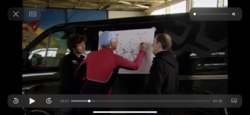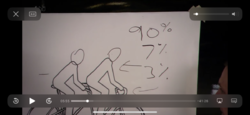For some reason, for me, that is only the case for the front tire. Likely due to the much lower weight on it.Most punctures are rarely the first time an object embeds in the tyre. It's after its had time to work through the tyre. Remove stuff out of the tyre before riding and you'll see less punctures anyway.
The rear tire was always a near direct leak, or none. I never found glass in the rear tire, and a hundred times in the front tire. I think the objects are pressed out in the rear wheel case, and if not, it's just an instant flat. The last year I used Schwalbes Marathon Plus, apparently a new version - the antileak had another color than the many years before - anything that reached the antileak, wasn't pressed out. It's like the new (?) antileak compound "sticks" objects.


